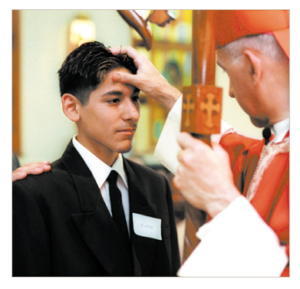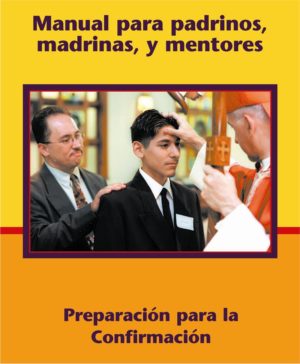Scripture Readings: Job 7.1-4,6-7; 1 Corinthians 9.1619,22-23; Mark 1.291.29-39
“Immediately after leaving the synagogue, Jesus went to the house of Simon and Andrew with James and John. Simon’s mother-in-law was in bed with a fever. They told him about her at once. Jesus came, took her by the hand, and lifted her up. The fever left her, and she began to serve them.” – Mark 1.29-31
On the first Sabbath of Jesus’ public ministry, he goes to the Capernaum synagogue with Peter, Andrew, James, and John; he preaches and frees a disruptive man of an unclean spirit. Then Jesus and these new disciples go to Peter’s house, where he heals Peter’s mother-in-law. Sick and possessed people crowd Jesus’ door that evening; he heals and frees them. Early the next morning Jesus goes out to pray. When the disciples search him out, Jesus announces they will go to other villages and do the same healing and freeing work — this is why he has come.
As women have studied scripture, we see in Peter’s mother-in-law Jesus’ first woman disciples. She has no name but Mark, Matthew, and Luke tell her story. Two verbs lift and serve make this two-verse miracle story also her call to discipleship and response.
The translation Catholics hear at worship translates her story: “Jesus approached, grasped her hand, and helped her up. Then the fever left her, and she waited on them” (Mark 1.31). The word the New American Bible translates helped is the Greek word egeiro, which means to raise up. This is the same word that Mark uses to describe Jesus’ own resurrection. Before his arrest, Jesus promises, “After I am raised up, I will go before you to Galilee” (14.28). The young man in the empty tomb tells the three women who come to anoint Jesus’ body, “He has been raised; he is not here” (16.6).
The word the New American Bible translates waited on them is diakonie, which means serve. The word deacon comes from the same word. In Mark’s gospel Jesus identifies the word serve with giving one’s life. He says of himself, “For the Son of Man also came not to be served but to serve and to give his life as a ransom for many” (10.45).
Peter’s mother-in-law responds to Jesus’ act of raising her up by serving him. She becomes a disciple who gives herself to his mission. The women who witness Jesus’ crucifixion have three credentials that mark them as disciples; they have followed and served Jesus and come with him from Galilee (15.40-41).
What do you see at stake in recognizing women among Jesus’ disciples? Who models a discipleship of service that you try to follow in your life?











